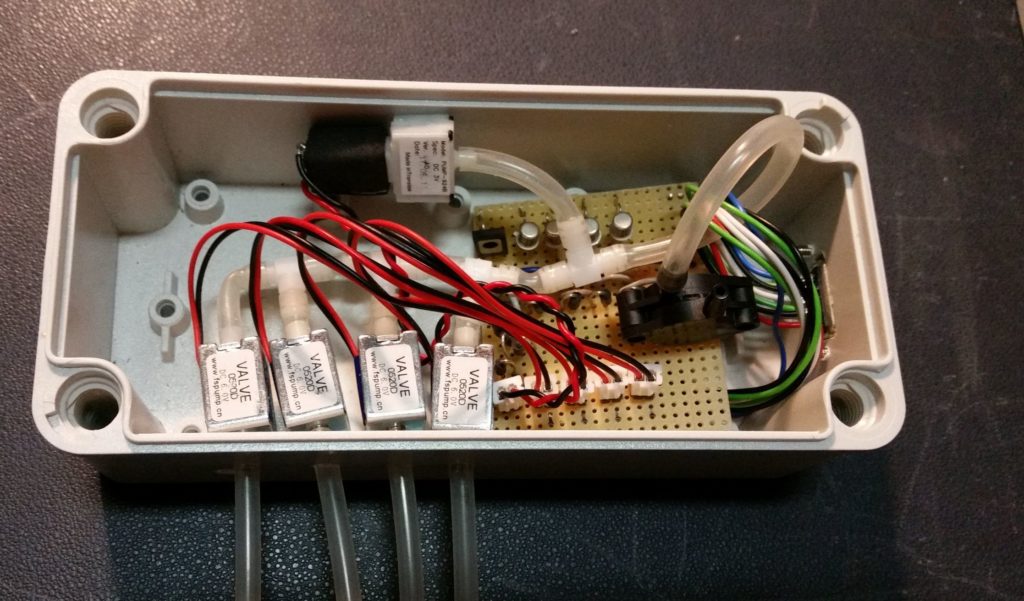
Fig. Control box with pump, pressure sensor and valves
In the Facebook group Raspberry Pi for Boats I saw a cool solution for a level measurement. Erik from Finland constructed a monitor for 4 tanks with an air pressure sensor. The functional principle is based on the displacement of liquids in a measuring tube. A corresponding air pressure then builds up in the measuring tube, which is proportional to the filling level.… Continue reading
First of all, a few important notes that you should definitely pay attention to.
Disclaimer: The descriptions of the wiring and the pin assignments correspond to what I found in my boat. Therefore, if you want to rebuild the interface, you have to make sure that the wiring and pin assignments are identical on your own boat or adapt the interface accordingly. The entire description of this solution is in an experimental state and comes without any warranty.... Continue reading
First of all, a few important notes that you should definitely pay attention to.
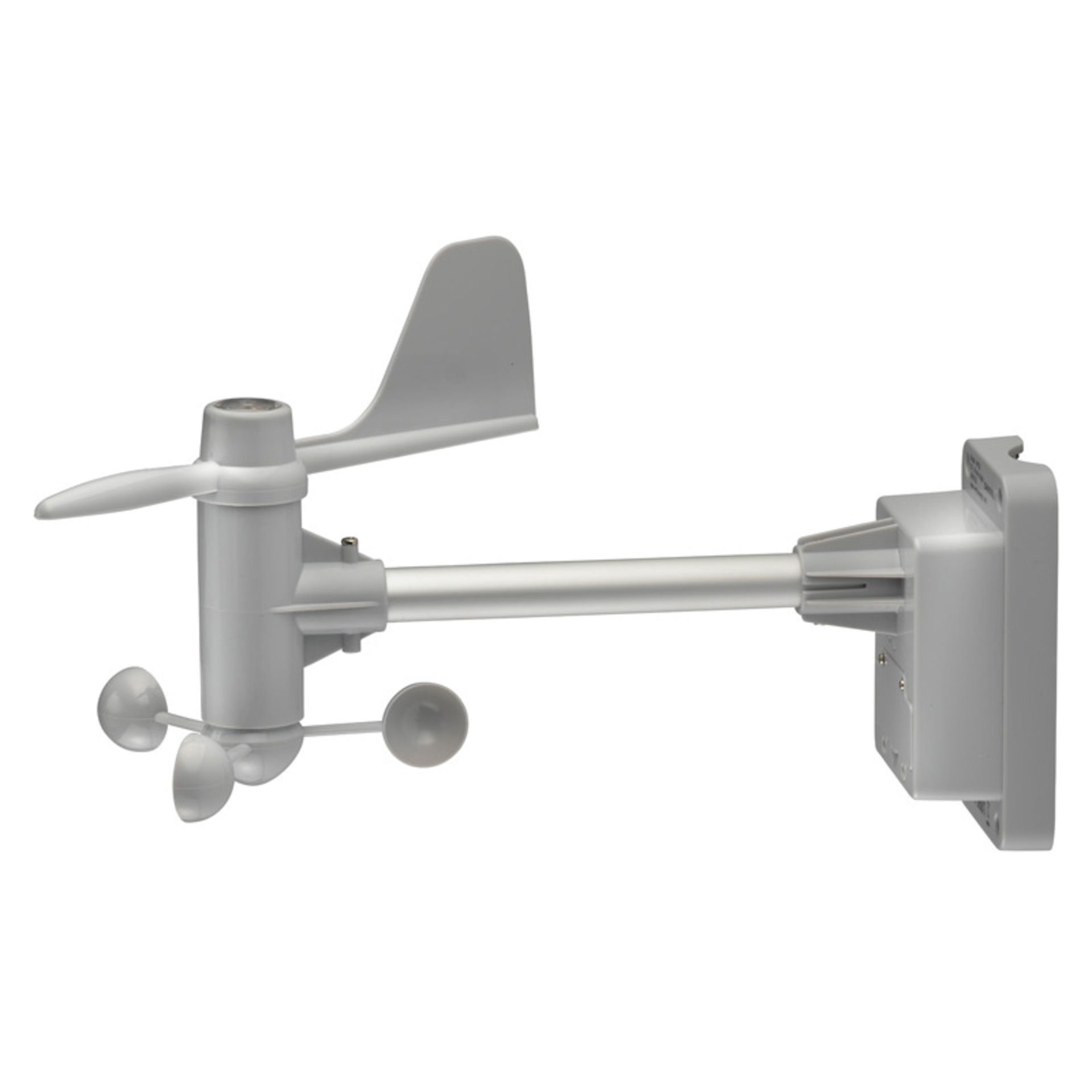
Fig .: Exterior view
- NMEA0183 and NMEA2000
- Only three other parts (ESP32, roll pin, CAN BUS) are required
- Angular resolution in 0.1 ° steps
- Data can be displayed in the browser (in AP mode even without an external network)
- Code fully commented on GitHub
This project describes the conversion of the replacement anemometer Ventus W132 with minimal material expenditure.… Continue reading
First of all, a few important notes that you should definitely pay attention to.
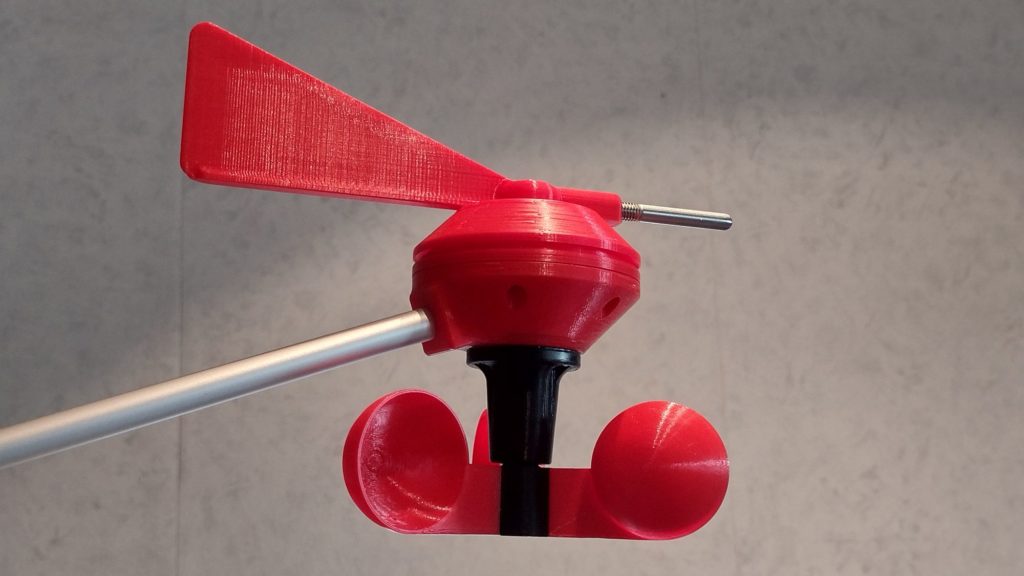
Fig: Yachta wind sensor
The Yachta wind sensor is a further development of a wind sensor from the Yachta user at bei Thingiverse was presented. The technical principle of operation is based on one Hall sensor for measuring wind speed and on one magnetic rotation sensor for measuring the wind direction. Udo from the german sailing forum took up the idea and made some improvements to the wind sensor.… Continue reading
First of all, a few important notes that you should definitely pay attention to.
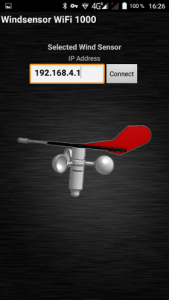
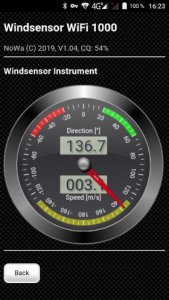

The universal wind sensor firmware supports various wind sensors. It is based on the firmware for DIY wind sensor WiFi 1000 and has been expanded to include further wind sensor types. Different types of sensors, such as analogue, magnetic and digital, can be connected. The corresponding wind sensor is selected in the firmware. No other settings need to be made.… Continue reading
First of all, a few important notes that you should definitely pay attention to.
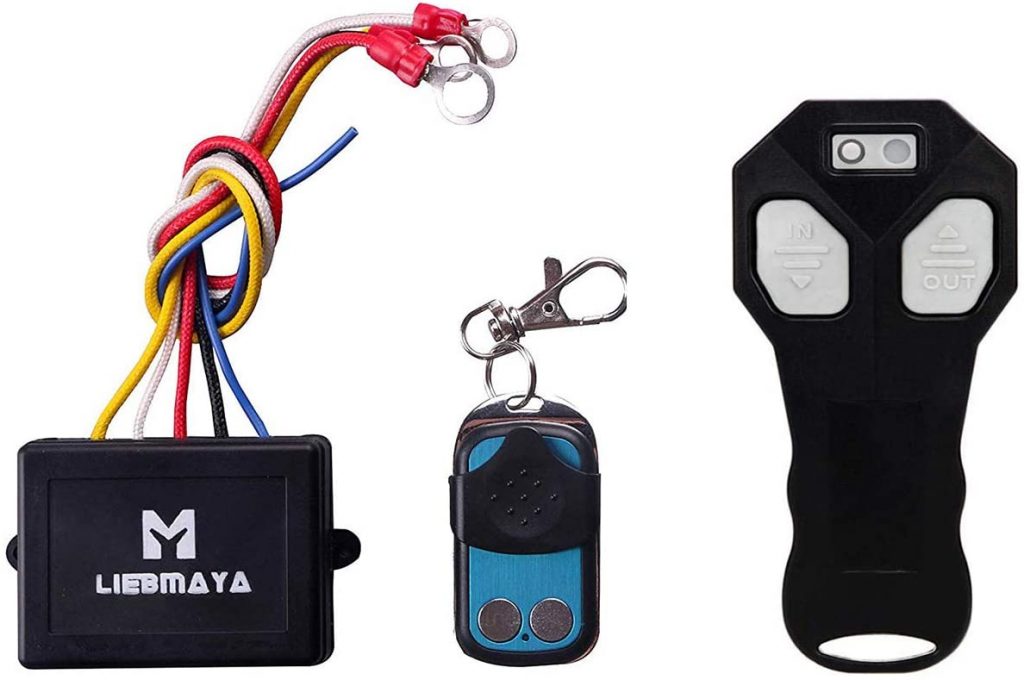
Fig: radio remote control
It is often the case that the anchor winch can only be operated via permanently installed switches and the switches are mounted in such a way that the anchor halyard or the hauling up cannot be properly seen. The use of an additional remote control is much more practical. This allows you to operate the anchor winch from any location and is no longer subject to restrictions.… Continue reading
First of all, a few important notes that you should definitely pay attention to.

Fig: Remote control for Raymarine Evo Pilot
The user matztam from the sailing forum has presented a remote control for the Raymarine Evo Pilot. The remote control works on 433 MHz and converts the received signals into the NMEA2000 network. In this way, the settings for the Raymarine autopilot can be made very conveniently.… Continue reading
First of all, a few important notes that you should definitely pay attention to.
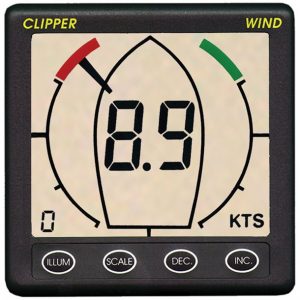
Fig .: Clipper wind instrument (Clipper)
Some older models of Clipper wind instruments have a 5-pin DIN socket on the back for a daughter display. The wind data are also output as NMEA0183 via this DIN socket. Unfortunately, the signals do not correspond to the RS422 standard and cannot be used further. 5V TTL levels are used as the output signal with very low current carrying capacity.… Continue reading
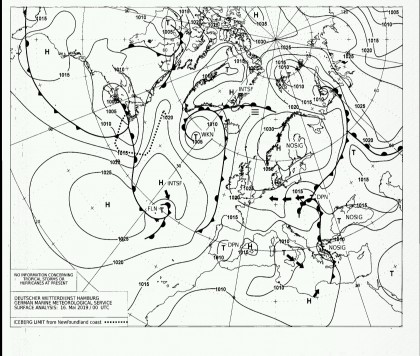
Jürgen has in Sailing forum presented a weather fax receiver that I would like to introduce here. A simple world receiver and the weather fax app are used to receive weather faxes HF WEATHER FAX used. We recommend the following two world receivers from Sony, which have proven themselves:
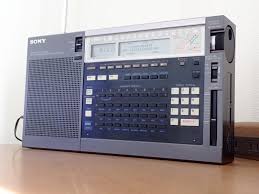
Fig .: ICF-2001D
Depending on the travel area, the corresponding short-wave transmission frequency is set in the world receiver. With the app, the digitally coded transmission is received via the microphone and displayed accordingly as an image.… Continue reading
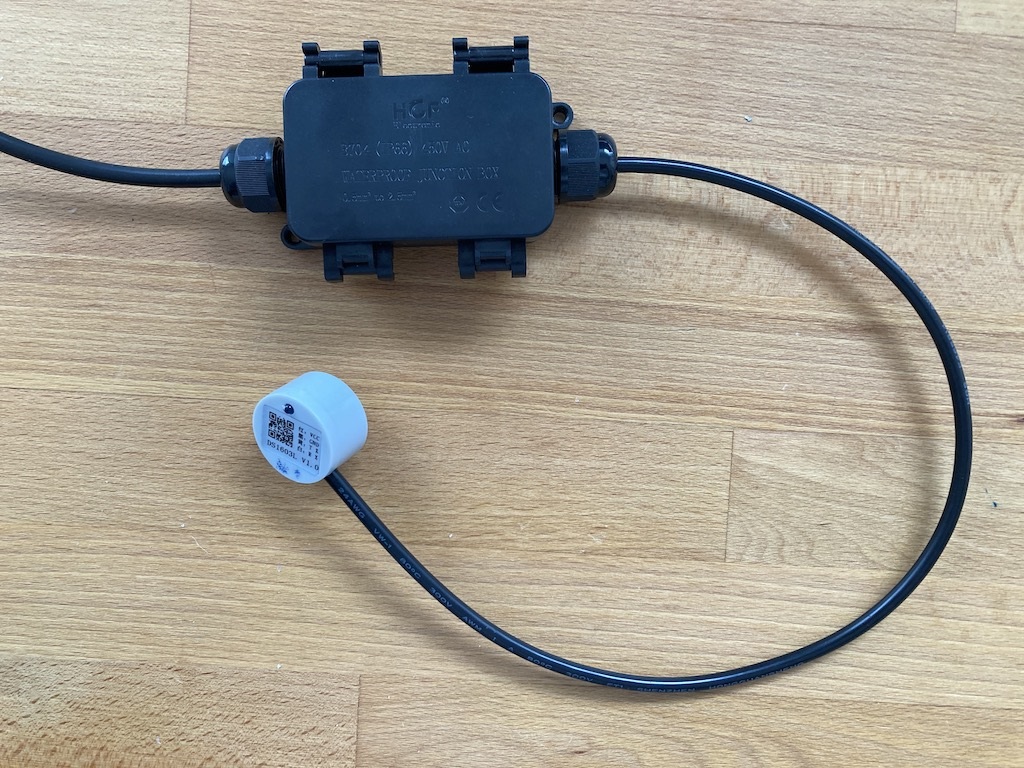
Fig .: Ultrasonic level sensor
https://www.segeln-forum.de/thread/76476-ber%C3%BChrungsloses-messen-von-tankinhalten/?postID=2301715#post2301715
Fred has another implementation of an ultrasonic tank sensor with him SensESP and a Wemos D1 mini. The Ultrasonic sensor DS1603L detects liquid levels in a tank and provides the corresponding measured values via SensESP via WiFi SignalK. SensESP is a software framework for the Arduino IDE with which various sensors can be easily integrated into SignalK.… Continue reading











